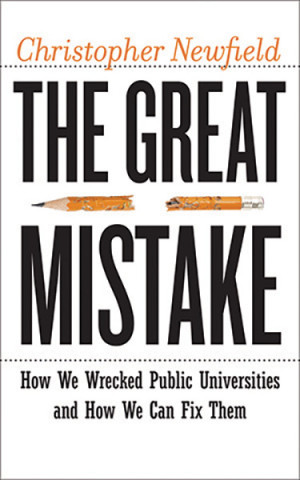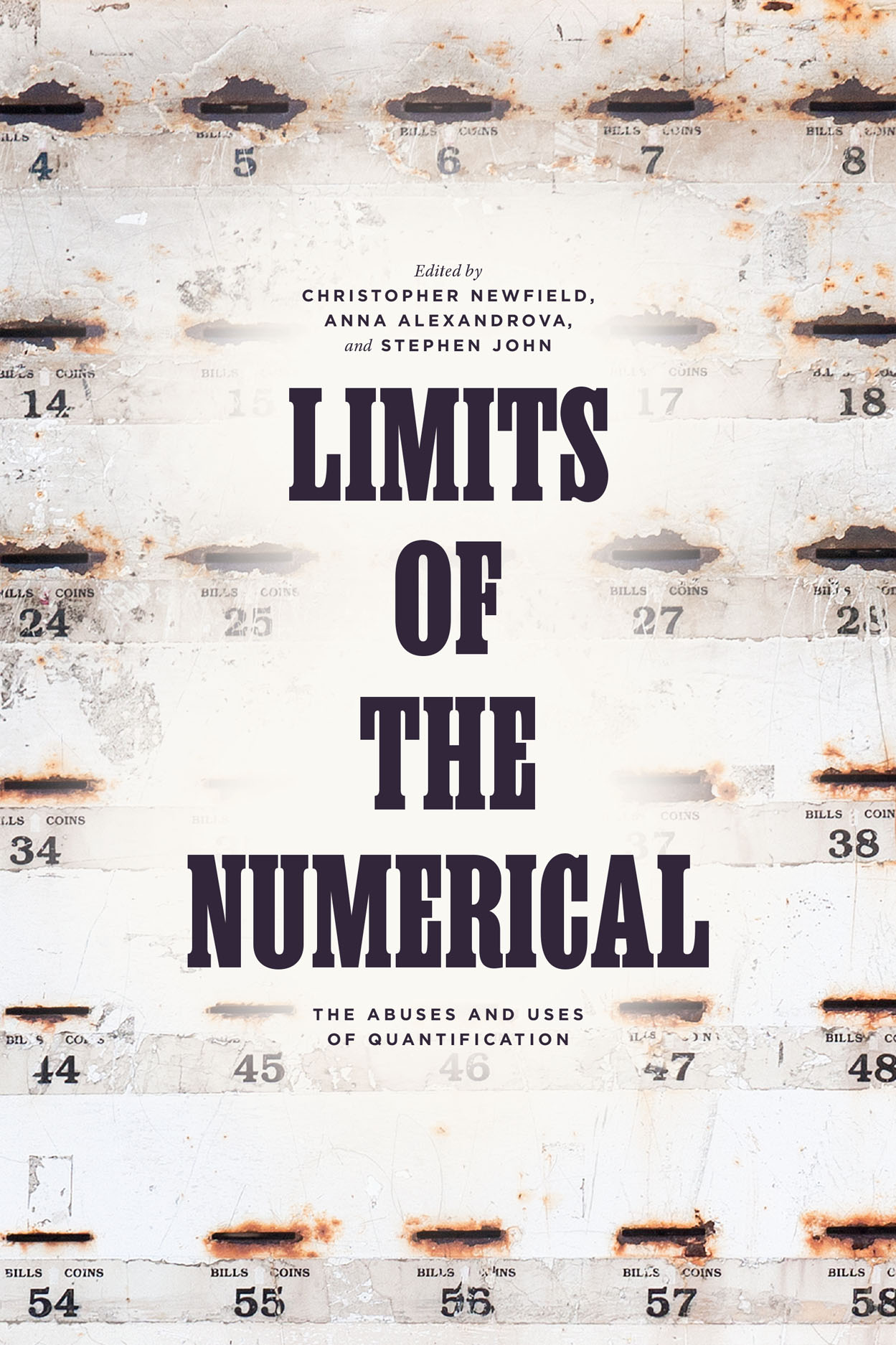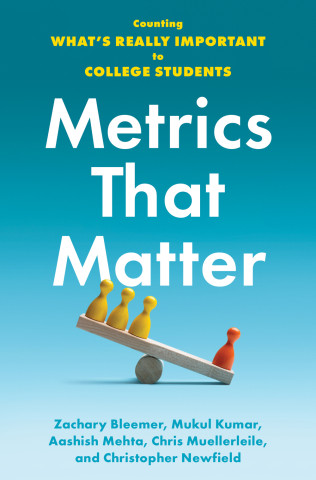 |
| Australian National University |
The Australian National University (ANU) has said it needs to reclaim a budget shortfall of $250m. To do its bit, the College of Arts and Social Sciences last week published a roadmap to meet the University’s goal for its areas. Its change proposal boils down to a list of cuts that will damage staff, students, as well as local families, communities and economies.
It might help to put the ANU’s situation in context. Although ANU is a small institution by Australian standards, with roughly 4500 staff and 22,000 students, it has historically been high performing. In the recently released QS 2026 World University Rankings, ANU, a member of the prestigious Group of Eight network, slipped slightly to come in fourth out of 36 Australian universities and 32nd globally.
ANU is based in Canberra. The university’s staff make up roughly 1.2% of Canberra’s population, and if students its representation increases to about 6%. But many more Canberrans are ANU alumni or have a child or relative studying or working there, meaning the proportion of Canberrans who have a direct interest in ANU is significant. Job losses will have an economic, educational and cultural impact on the city.
Equally important is the effect the proposed changes will have on ANU’s core functions. How will ANU continue to meet its national remit – and defend its ongoing receipt of the National Institutes Grant – if it is cutting areas that contribute directly to its mission?
This is not an abstract question because ANU was founded in 1946 in the national capital to be unlike any other university in Australia. Its vision is to develop national unity and identity, improve our understanding of ourselves and our neighbours, and provide world-leading national research capacity and education in areas vital for our future.
ANU receives an annual “block grant," which in 2023 was $220,367,000. Called the National Institutes Grant, this funding was endowed to ANU in 1946 to help it deliver on its special mission.
The block grant has historically maintained and evolved excellence in research, supporting the development of areas that would not gain funding from sources such as student fees. This has allowed the University to “develop sovereign capability on behalf of the nation against the swings in student demand and popularity”. It provides research, as well as research infrastructure, used by people who otherwise have nothing to do with ANU.
The Humanities Research Centre is one of the areas supported over the years to provide research support, excellence, outreach and training. It was established in the early 1970s to have – like ANU itself – a unique function.
Although the Centre is located in the College of Arts and Social Sciences, it provides a significant outreach and engagement hub for the whole University by hosting international and interstate academics from a range of disciplinary and interdisciplinary fields.
Up to 40 paid and unpaid visitors per year have historically undertaken research projects and written publications at ANU, bolstering the University’s impact, reputation and funding. They have built collaborations, mentored local staff, given public lectures, run workshops for PhD students, and provided a pool of international expert examiners for student assessments. They also positively report on ANU for world university ranking exercises.
The Centre has a genuinely international reputation, having attracted some of the world’s most famous scholars over its 50-year history. To this day it is the only centre of its scale and impact anywhere in Australia and the Pacific. It has successfully attracted external funding for the benefit of its programs.
In the last three years the Centre has focused on relationships with national cultural institutions in Australia and around the world. It has run ground-breaking courses for graduate students with the National Museum of Australia. It has run public film screening events with the National Film and Sound Archive of Australia, and public sculpture walks. It has directly contributed to the establishment of the Vietnamese Museum Australia. It has hosted First Nations people from around the world with Indigenous communities in Canberra and across Australia. It has made podcasts and radio shows showcasing ANU’s research and research infrastructure. These activities have led to recruitment of new students and extended the University’s connections with diverse communities.
These functions are central to the mission of ANU and deliver on its funding obligations.
The change proposal put forward by the College of Arts and Social Science’s executive proposes to disestablish the Centre. The Centre’s functions are not being performed anywhere else in the University to a remotely equivalent degree. They could not be replicated under the proposed new structure. This means ANU would lose a critical research incubator that has served its mission successfully for over half a century.
The cuts are rationalized on purely financial grounds. However, the HRC was already running on a shoestring so any savings made from the destruction of this core piece of humanities infrastructure seem no more than a drop in the ocean.
According to ANU reports the University spent $1,487m in 2023. In 2024, the College of Arts and Social Sciences spent $64.4m. Even at its most well-funded, the budget for the Humanities Research Centre in 2023-24 was just 0.62% of the whole College Budget. This covered a director's salary, visiting programs (including travel and accommodation) and all activities.
By 2025, the activities and fellows budget was reduced to zero.
The current proposal, which also abolishes other centres and ends research projects in the College, represents a retreat by ANU from its national mission--and its claims to international standing and excellence. The result will only be a further reduction in the University’s capabilities and reputation, and a withdrawal by ANU from many of the most important conversations being carried on around the world today.
The College executive claim that extensive consultations have been undertaken to inform the development of the change proposal. However, I am yet to find anyone who agrees this has been the case, including amongst the hundreds of visiting fellows, alumni and countless members of the Canberra community who have benefitted from the research impact and educational opportunities the Humanities Research Centre has delivered.
The cuts will undermine the ability of ANU to deliver on its mission. Claims to the contrary are false and in my opinion should be rejected.




0 comments:
Join the Conversation
Note: Firefox is occasionally incompatible with our comments section. We apologize for the inconvenience.